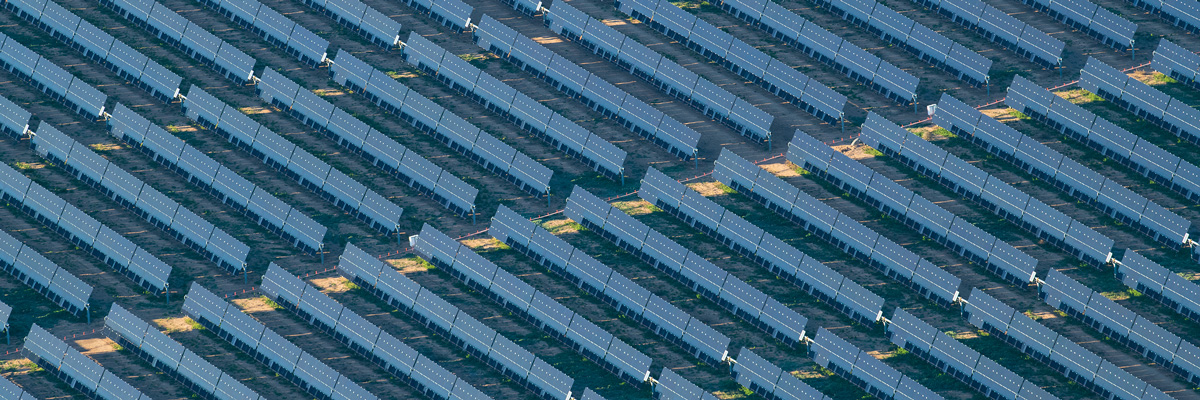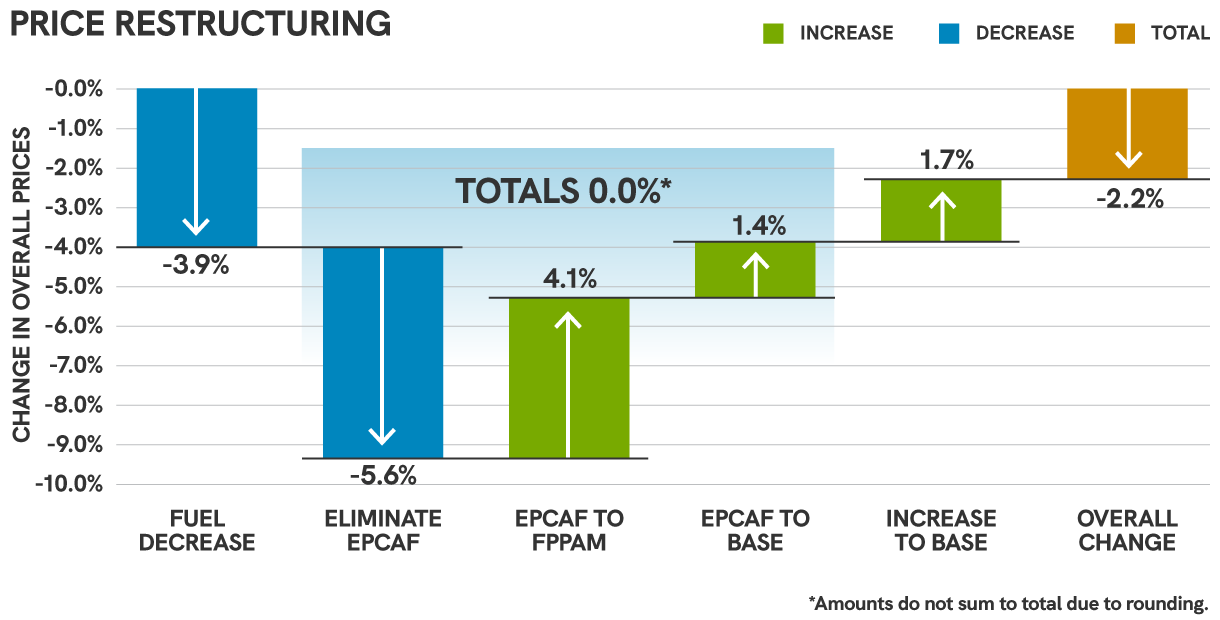
Sustainability programs
SRP is working toward a more sustainable future, as demonstrated in our 2035 Sustainability Goals.
On this page:
To support these objectives and build on the achievements made so far, SRP's board of directors has approved a restructuring of the means by which SRP collects the costs of renewable energy and energy efficiency.
What is EPCAF and why is it going away?
Nine years ago, the SRP Board established the Environmental Programs Cost Adjustment Factor (EPCAF) as a pricing component to fund renewable energy, energy efficiency and other environmental programs to achieve our goal to supply 20% of our retail energy requirements through sustainable resources by 2020. Today, renewable energy and energy efficiency are core parts of SRP’s business and play an integral role in our commitment to carbon reduction.
Because sustainability is now incorporated into SRP’s business, we propose eliminating the EPCAF as a separate pricing mechanism, in favor of collecting the costs of renewable energy and related programs through base prices and the Fuel and Purchased Power Adjustment Mechanism (FPPAM) pricing component.
How will sustainable programs be funded?
Currently, the FPPAM pricing component includes only fuel and purchased power expenses from conventional generation sources such as nuclear, natural gas, coal and hydroelectric generation. As part of the proposed changes, expenses for all renewable purchased power agreements, currently captured in the EPCAF, would instead be collected in the FPPAM.
The FPPAM would also include expenses related to the purchase of generation that is exported to the grid instantaneously by customers who produce energy through rooftop solar or other distributed generation technology. Revenue from SRP's Community Solar program, currently closed to new enrollments, would also be recovered in the FPPAM.
SRP-owned renewable generating sources, as well as expenses for energy efficiency, would be collected through the base pricing components.
While the EPCAF will no longer exist as a separate pricing component, Management will continue to provide visibility to renewable energy and energy efficiency expenses through SRP's annual budget process. In addition, SRP's progress toward its 2035 Sustainability Goals will be routinely and transparently reported.
The chart below illustrates the price restructuring.

The end result of the approved changes is a 2.2% overall average annual price decrease, coupled with further demonstration of SRP's commitment to a more sustainable future for the benefit of our customers and the communities we serve.